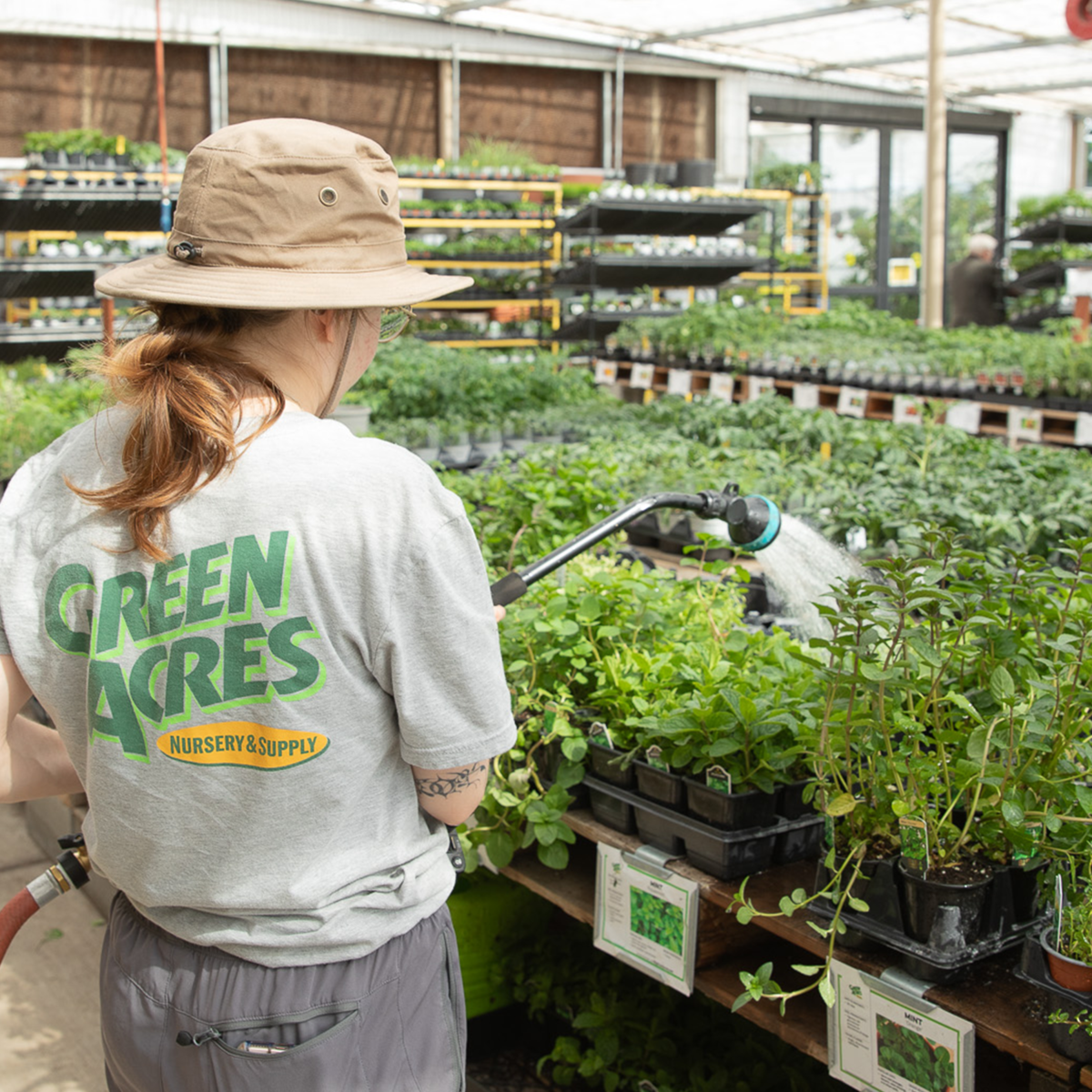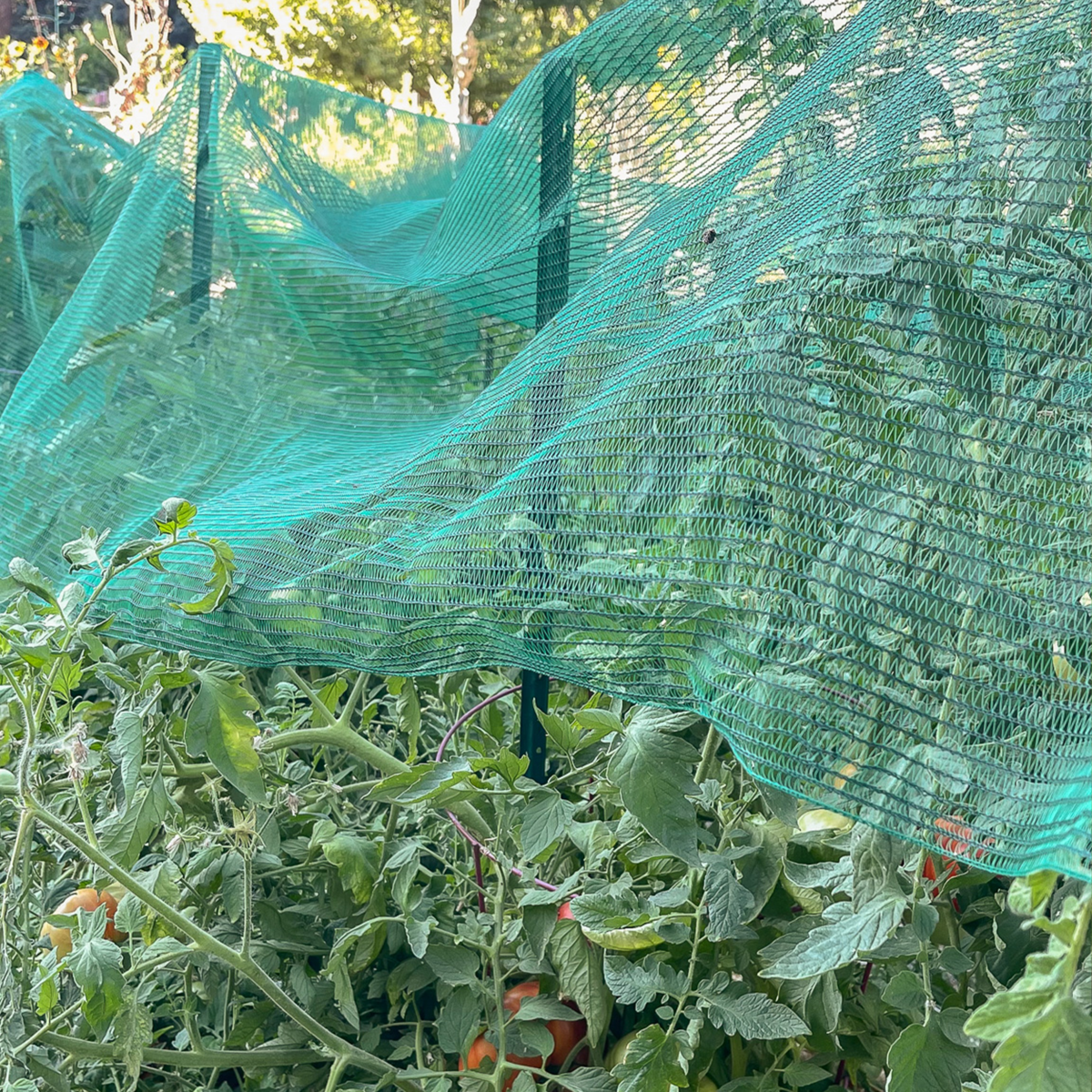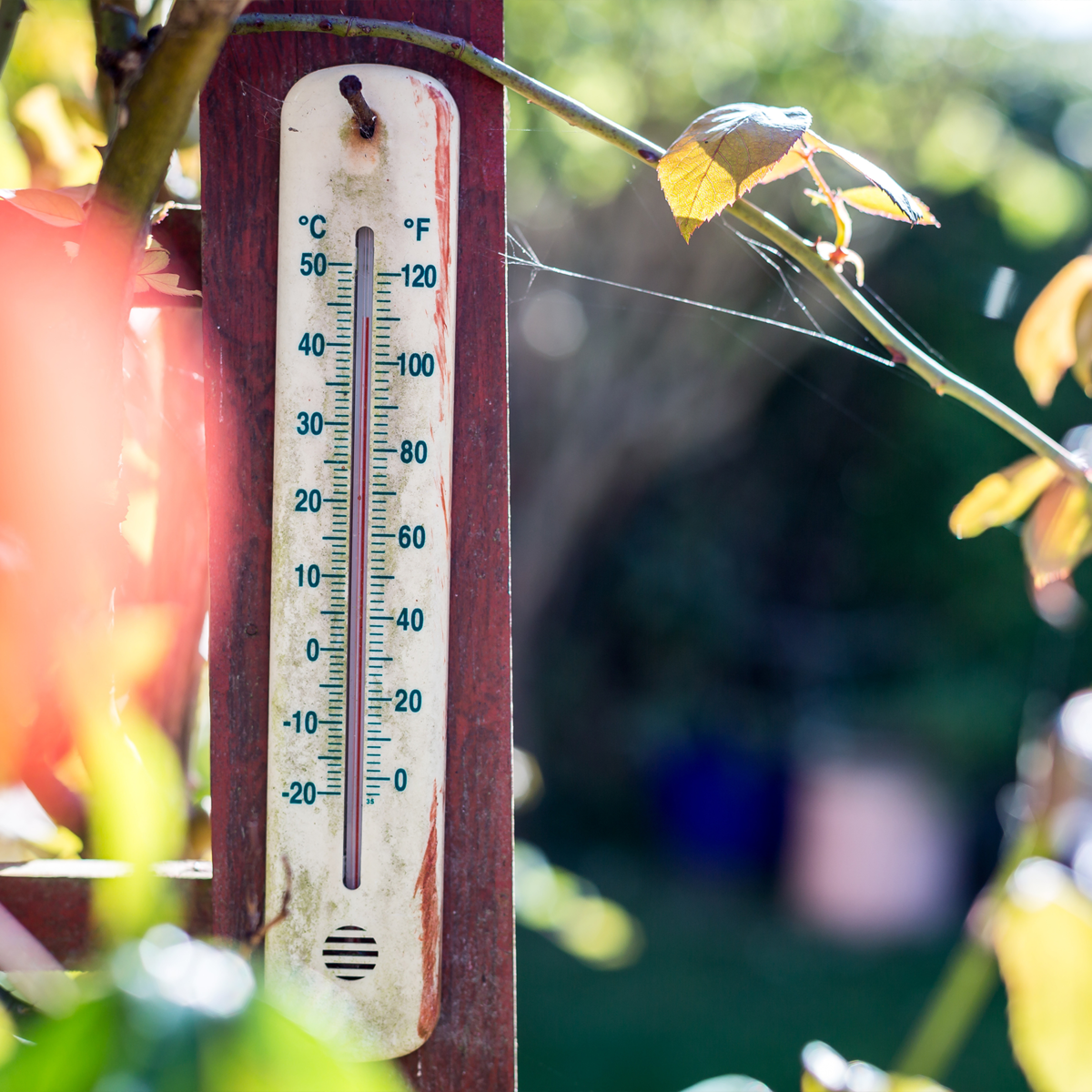
Garden Care During Heat Waves

Keep Your Garden Happy In Triple-Digit Heat
The heat is on so it’s time to take a few extra steps to ensure your plants stay healthy during the hottest days of summer. Read on for five tips to help you prevent wilting and scorching.

Water Wisely
Believe it or not, over watering is one of the most common plant stressors in summer. Avoid loving your plants to death with three simple tricks.
- Test Soil Moisture: Stick your finger about 2" into the soil. If it feels dry, it’s time to water. This simple test helps you avoid over or under-watering. Use a soil probe to test the moisture in the soil around trees.
- Apply Deep Watering: Water your plants deeply in the early morning to minimize evaporation and ensure roots get ample moisture before the day heats up. Pay special attention to hanging baskets and potted plants, as they tend to dry out faster than those in the ground.
- Check for Wilting: Watch for plants that do not recover from wilting in the evening. It may be your cue to provide a deeper soak. However, if the soil is wet, avoid the urge to add more water, instead, follow the tips below.

Mulch Is Your Friend
Mulch not only looks good, it works hard. An application of mulch provides year-round benefits.
- Retains Soil Moisture: Apply a 2"-3" layer of mulch around your plants, leaving a 4"-6" gap around the base. This helps retain soil moisture and reduces the need for frequent watering.
- Regulates Soil Temperature: Mulch acts as an insulating layer, keeping the soil cooler during hot days and warmer during cooler nights.
- Controls Weeds: Mulch also helps keep weeds at bay, reducing competition for water and nutrients.

We Trust Wilt Stop®
Wilt Stop is a valuable tool for gardeners during heatwaves (and cold snaps). This naturally-derived foliar spray helps reduce water loss from leaves (transpiration), keeping your plants hydrated longer. Use on sensitive plants like Japanese Maples, Hydrangeas, Ferns, and Tropicals. Follow the instructions on the label for the best results.

Add Some Shade
Providing shade for your plants can create a cooler space and minimize scorching. Here’s how you can do it effectively:
- Shade Cloth: Apply shade cloth during peak heat (10am–4 pm) to shield your plants from direct sunlight. Proper shade cloth will let just enough sunlight through.
- Relocate Potted Plants: Move potted plants to cooler, shadier spots under trees or covered patios.

What To Avoid In High Heat
On the hottest days, certain gardening activities can do more harm than good. Here’s what to avoid:
- Pruning: Avoid pruning during extreme heat as it can stress plants further; removing branches with leaves provides an opening to hot sunlight.
- Fertilizing: Skip fertilizing on hot days. Fertilizers signal to plants that it is time to add new growth. New leaf and root growth are tender and more susceptible to the effects of heat.
- Chemical Treatments: Refrain from applying chemical treatments. The high temperatures can cause chemicals to volatilize, leading to potential plant damage.
Still have questions? Our team of gurus is available to help you. Bring photos or bagged samples to our nurseries and we'll diagnose pests and diseases, then provide you with a prescription for success.
